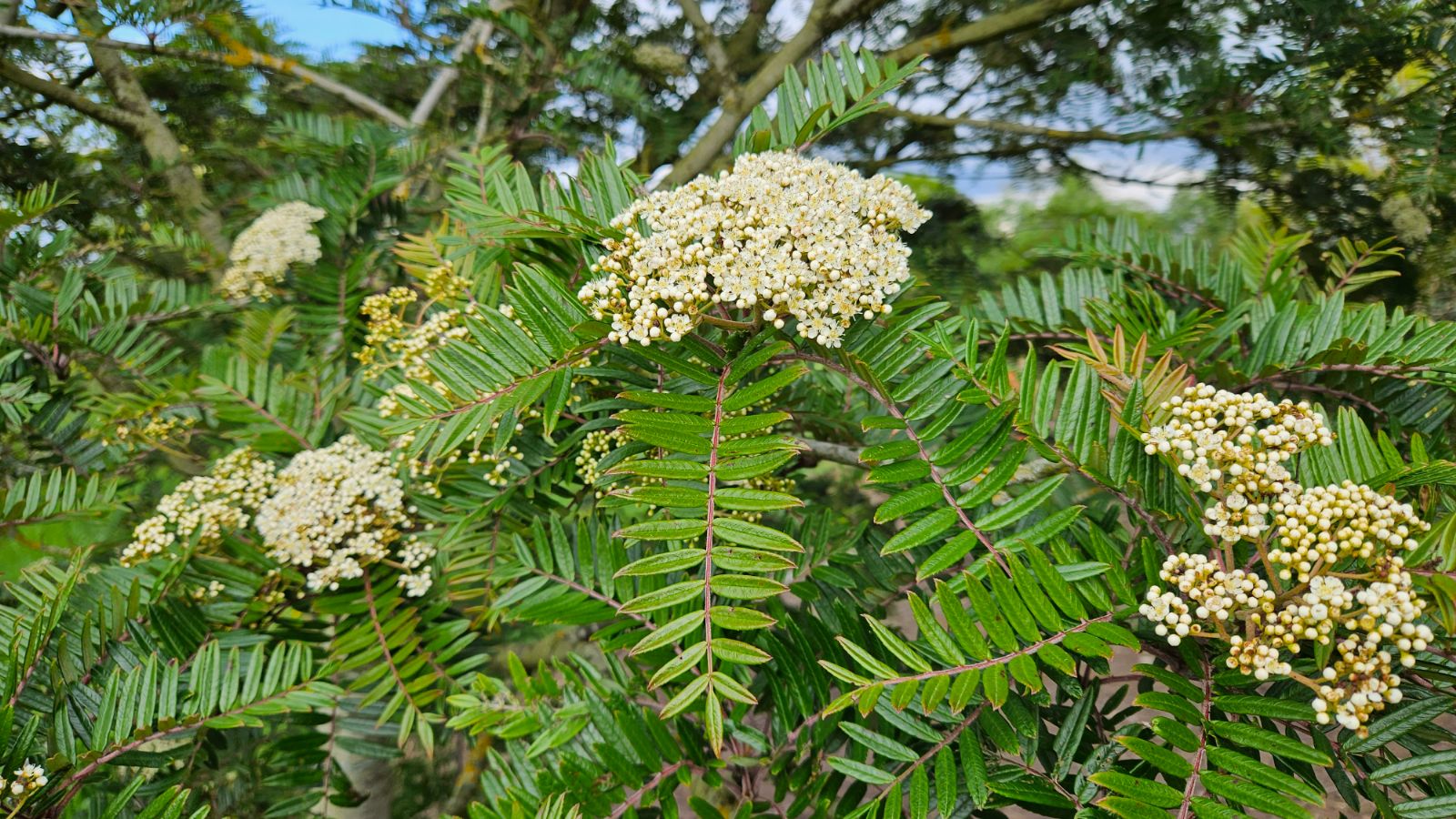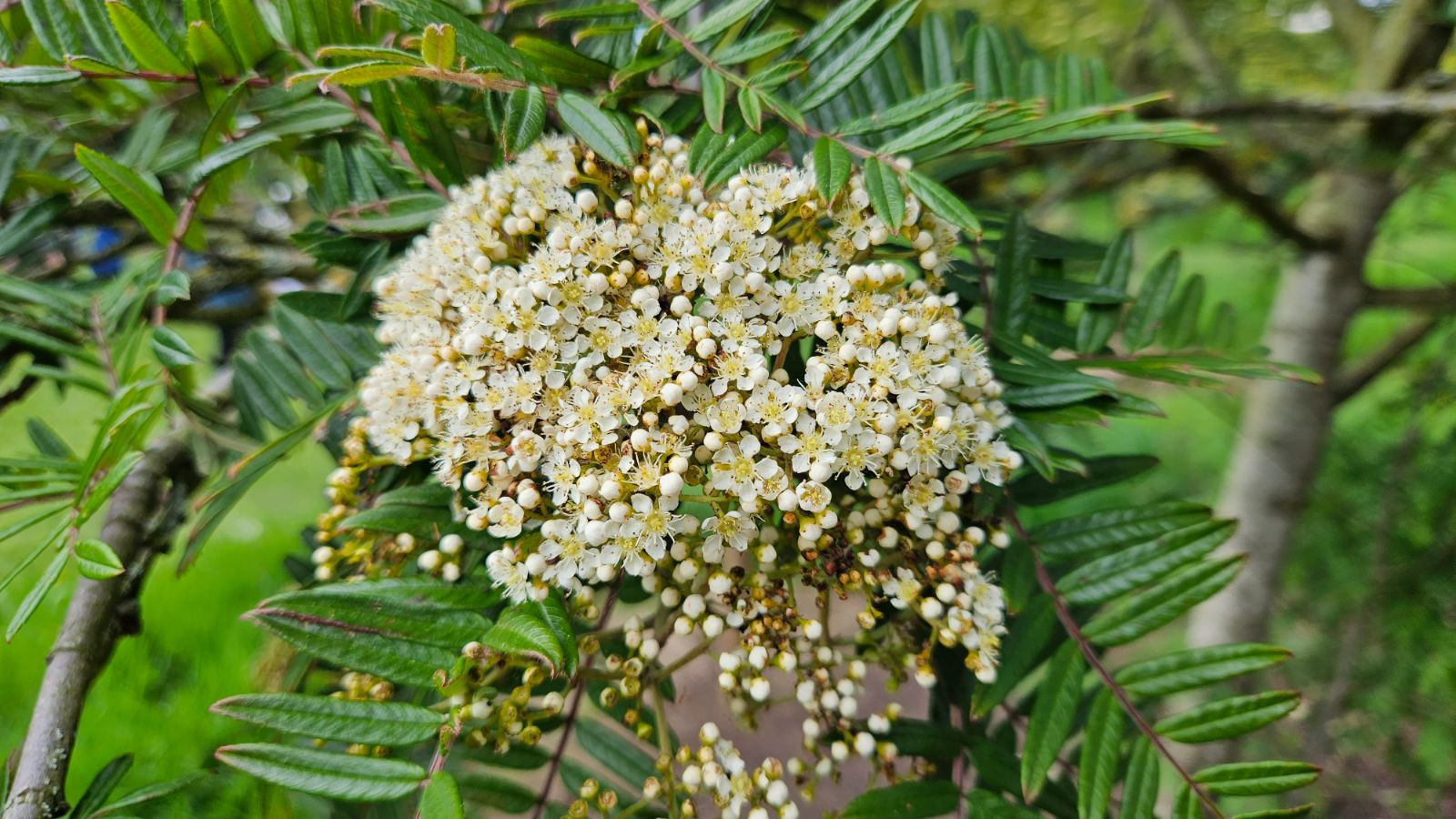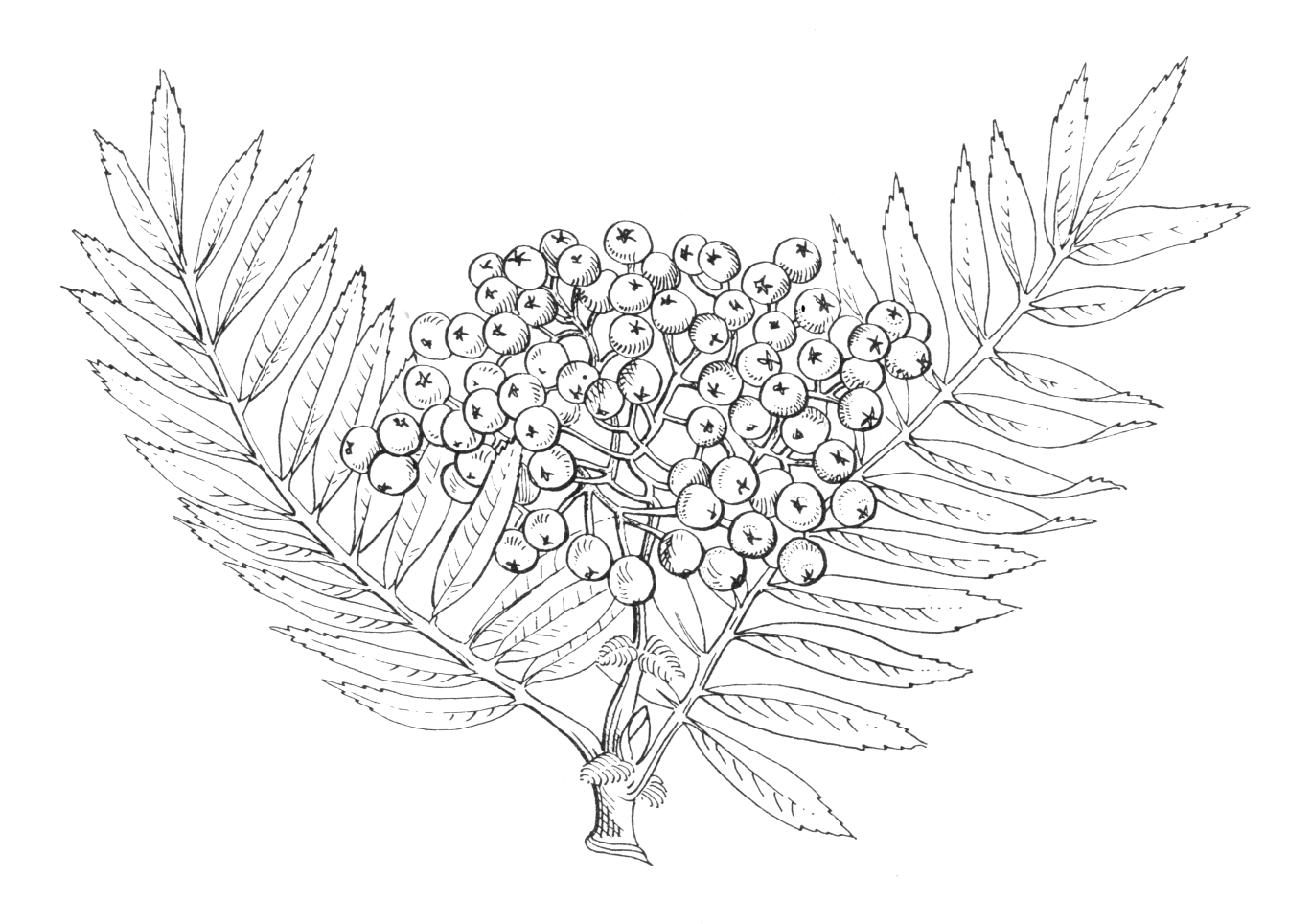Sorbus scalaris
Sponsor
Kindly sponsored by
This genus has been sponsored and new text is being prepared.
Credits
Article from Bean's Trees and Shrubs Hardy in the British Isles
Recommended citation
'Sorbus scalaris' from the website Trees and Shrubs Online (treesandshrubsonline.
Genus
Synonyms
- Pyrus scalaris (Koehne) Bean
- S. pluripinnata (Schneid.) Koehne
- S. foliolosa var. pluripinnata Schneid.
Other taxa in genus
- Sorbus americana
- Sorbus amoena
- Sorbus arachnoidea
- Sorbus aucuparia
- Sorbus carmesina
- Sorbus cashmiriana
- Sorbus commixta
- Sorbus coxii
- Sorbus decora
- Sorbus discolor
- Sorbus ellipsoidalis
- Sorbus esserteauiana
- Sorbus fansipanensis
- Sorbus foliolosa
- Sorbus forrestii
- Sorbus glabriuscula
- Sorbus glomerulata
- Sorbus gracilis
- Sorbus helenae
- Sorbus hupehensis
- Sorbus hypoglauca
- Sorbus insignis
- Sorbus 'Joseph Rock'
- Sorbus khumbuensis
- Sorbus koehneana
- Sorbus kongboensis
- Sorbus kurzii
- Sorbus lingshiensis
- Sorbus matsumurana
- Sorbus microphylla
- Sorbus muliensis
- Sorbus olivacea
- Sorbus parvifructa
- Sorbus pohuashanensis
- Sorbus poteriifolia
- Sorbus prattii
- Sorbus pseudohupehensis
- Sorbus pseudovilmorinii
- Sorbus randaiensis
- Sorbus reducta
- Sorbus rinzenii
- Sorbus rubescens
- Sorbus rufopilosa
- Sorbus rushforthii
- Sorbus sambucifolia
- Sorbus sargentiana
- Sorbus sitchensis
- Sorbus tianschanica
- Sorbus ursina
- Sorbus vilmorinii
- Sorbus wallichii
- Sorbus wilsoniana
A tree with a spreading crown, up to 35 ft high in the wild; young shoots coated at first with white or greyish hairs, becoming glabrous, dark grey in their second year; winter-buds ovoid, about 3⁄8 in. long, the outer scales glabrous, the inner white-hairy. Leaves up to 8 in. long including petiole, with ten to sixteen closely set pairs of leaflets; rachis deeply grooved, winged in the apical part of its length, at first rosy purple, later green tinged with red, grey-hairy. Lateral leaflets narrowly oblong, sharply or bluntly acute at the apex, 1⁄2 to 11⁄2 in. long, 1⁄4 to 3⁄8 in. wide, toothed in the upper half or one-third, sometimes almost entire, dark green and soon glabrous above, covered beneath with a whitish, cobwebby indumentum. Stipules large, toothed, up to 1⁄2 in. wide, present both on strong growths and under the inflorescence. Flowers dull white, opening in late May or early June, about 1⁄4 in. across, in clusters up to 7 in. wide, all the inflorescence branches grey-woolly. Anthers cream-coloured. Styles usually three. Fruits globose, about 1⁄4 in. wide, bright red, ripening in October, up to 200 or so in each cluster. Bot. Mag., n.s., t. 69.
Native of W. Szechwan, China; discovered and introduced by Wilson in 1904. It is a species of great character but not commonly met with outside collections. The fern-like foliage is brownish crimson or bronze when it expands in April and renders the tree unmistakable when mature, with its narrow, dark green, closely set leaflets. The autumn colour is unreliable but the leaves turn orange-yellow on some soils before falling late in the autumn. The fruits are borne on spurs all along the branches, and are usually among the last to be taken by birds. As usually seen, S. scalaris is a short-trunked tree with spreading branches. It received an Award of Merit in 1934.
From the Supplement (Vol. V)
specimens: Westonbirt, Glos., Gate, 30 × 21⁄2 (1983); Savill Garden, Windsor Great Park, 28 × 21⁄2 ft (1983); Bargany, Ayrs., 36 × 21⁄4 ft (1985).




